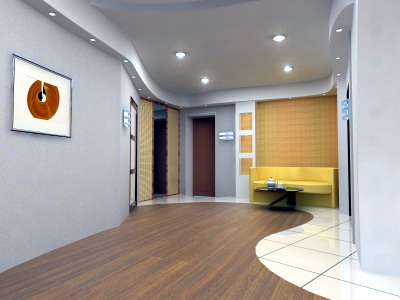
Twenty not-so-perfectly-crafted sushi portions decorated a plain white dinner plate. Marveling at my creations, I dipped them in soy sauce and prepared to take a bite.
It had taken me almost three hours to get to this point. Time to see if my work was worth it.
I had enrolled in a Sushi 101 class at the Culinary Institute of Virginia in Norfolk. When I arrived, more than a dozen student chefs dressed in white jackets and hats busied themselves with prep work for the class in the industrial-sized Kitchen F.
Outside the kitchen, chef instructor Jeffrey Fleischman spoke to an equal number of participants seated at restaurant-style tables to learn the art of sushi making.
“Sushi was the grab-and-go food for its culture,” Fleisch-man said, kicking off the class.
Sushi 101 is one of several Casual Gourmet cooking classes offered by the institute for the home cook. Fleischman studied under Japanese master sushi chef Hiro Hayakawa while working at Hiro Sushi restaurant in Lake Tahoe, Calif., in 2005, and now he’s sharing his knowledge.
Entering Kitchen F, I located a work station, where I found a cutting board, a paring knife, a bowl of water, and an assortment of fruits and vegetables. I slipped on the white apron with the Culinary Institute’s logo featuring an embroidered red spoon, green fork and blue knife.
We listened as Fleischman entertained us with his teaching style, using the space between the tables as his stage.
Given sheets of dried and pressed seaweed called nori, Fleischman instructed us on how to cut and slice the garnishes that would be used to stuff the sushi, called maki sushi.
Such care ensures that each grain of rice remains separate. Fleischman and his team of student chefs started cooking the rice before we arrived, and we watched the cooling and seasoning processes.
Before we dug in, Fleisch-man offered a warning.
“Sticky rice is very sticky,” he said, instructing us to dip our hands in water often and to keep a moistened dish towel nearby to wipe the work area.
Fleischman showed us our selection of fresh fish, which included salmon, tuna and eel. Cutting the raw fish, which when eaten by itself is called sashimi, he was careful not to waste any.
Then it was our turn.
I placed a strip of nori on the rolling mat, which resembled a miniature bamboo beach mat, and dipped my hands in the bowl of water. Scooping out a snowball-size portion of sticky rice, I spread the rice on the seaweed, starting from the top and working it halfway down.
As I worked, I grew less concerned with crafting the perfect sushi roll and more interested in what it would taste like.
Then it was time to try it. I took a bite, and it was so fresh that my knees buckled and my eyes rolled back in my head. It was the best sushi I’ve ever eaten.
Friendly Link:http://www.all-bamboo.com/Bamboo-Kitchen—Table-Ware_591_0_catalog.htm




You must be logged in to post a comment.